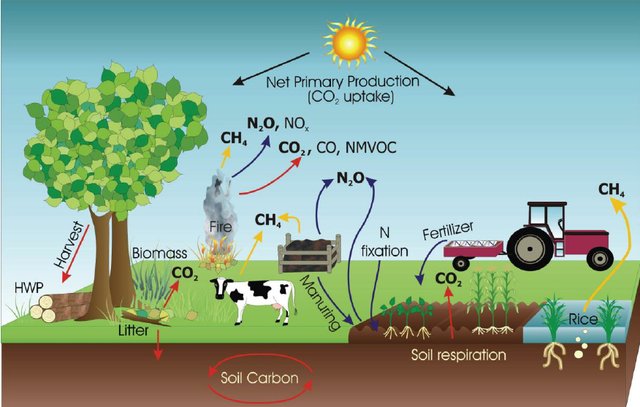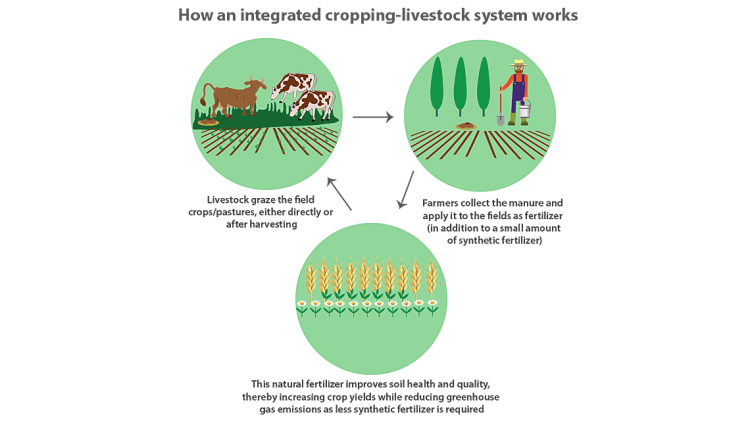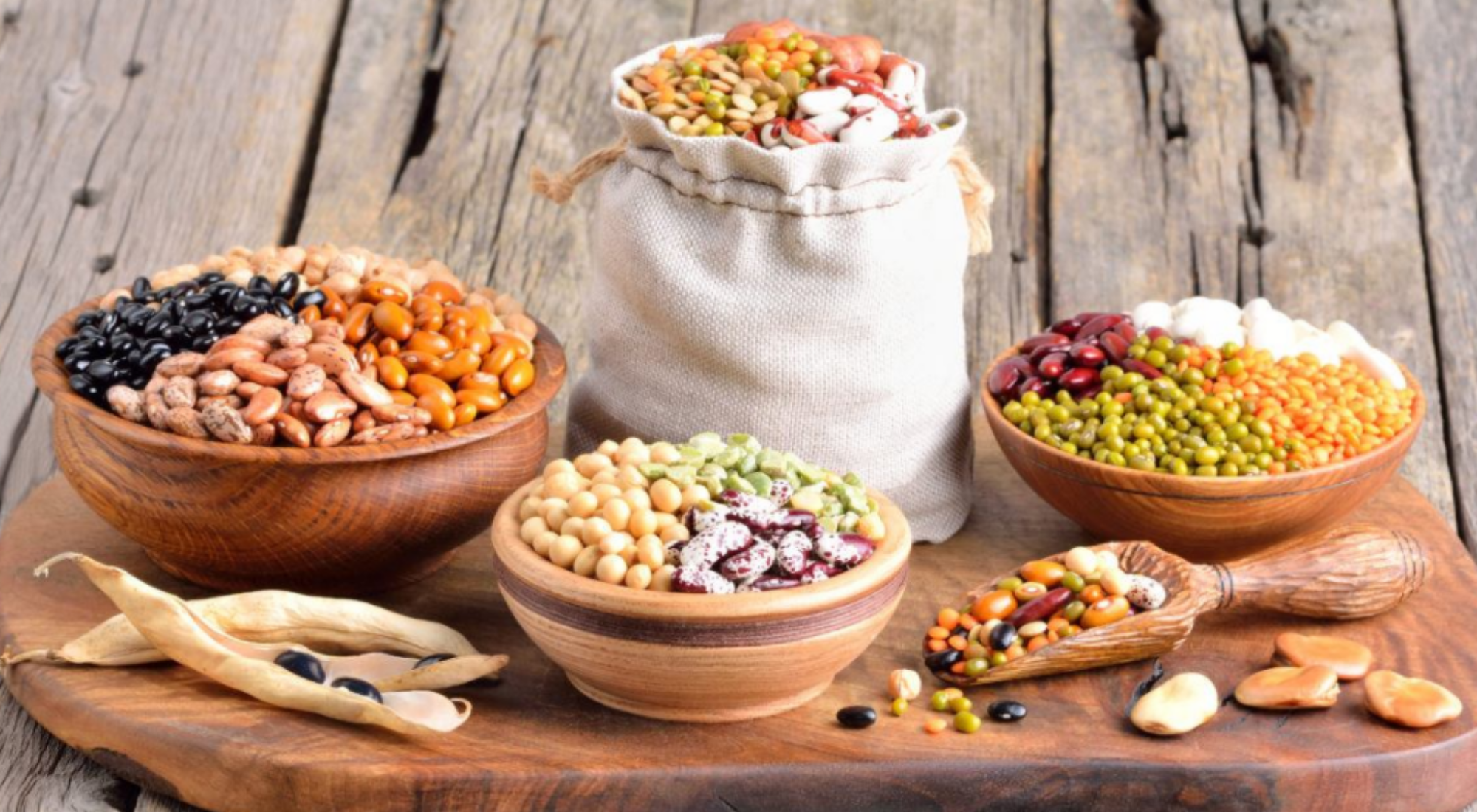Introduction
Greenhouse Gas (GHGs) emissions have been going up around the world, even though there have been a lot of multilateral institutions and national policies aimed at reducing them. The World Resources Institute (WRI) says that emissions reached almost 50 gigatonnes of CO2 equivalents per year (GtCO2eq/yr) on a global scale (WRI 2021). Eighteen percent of these GHG emissions are caused by agriculture. At the United Nations Climate Summit, people talked about estimates that put this number closer to 50%.
The status of meeting the goals of the Paris Agreement on Climate Change
The world is a long way from meeting the GHG emissions goal set in the 2016 Paris Agreement on Climate Change. This goal is to keep the global temperature rise between 1.5 and 2ºC. For this to happen, efforts to cut emissions would have to be much bigger. By 2030, emissions would have to be anywhere from 25% to 50% lower than what is promised in the current Nationally Determined Contributions (NDCs).
Agriculture Emissions
Most of the time, GHGs emissions from farming are different from other industries. Most of them come from the production of nitrous oxide (N2O) and methane (CH4). Both of these GHGs are made by biological processes (Molla 2014). Nitrous oxide comes from manure, and methane comes from ruminant livestock, mostly cattle, and sheep. Even though the use of energy in agriculture is important, it only accounts for less than 1.5% of all GHGs emissions.

The way to cut down on emissions from agriculture
Meeting a goal for lowering CH4 emissions is, only a small part of what needs to be done to lower overall emissions and slow down global warming (UNEP 2021). Especially for agriculture, we need to cut back on N2O, which is an even stronger GHG. When choosing between the possible ways to cut down on CH4, it would be smart to also think about how they would affect other GHGs emissions and environmental issues. For instant, if the number of livestock was cut, there would be less animal manure, which could lead to a rise in the use of artificial fertilisers, which emit other GHGs.

Also, small-scale farming and decentralised food systems are a way to cut down on emissions from agriculture. Small farmers’ emissions are more localised, so they don’t add much to the overall emissions from agriculture. This is because they use less chemical fertiliser, which is a major source of emissions, and sell more of their crops locally. Cover crops, low tillage, and organic fertiliser are all ways to cut down on carbon in the air without adding a lot more.
Conclusion
As COP26 agreed, cutting down on CH4 would help in the short term. Even if CH4 is cut in other areas, the policies and practises of agriculture need to change quickly and in a big way for the overall reduction to be around 25%.
Further readings
https://grain.org/en/article/5272-how-much-of-world-s-greenhouse-gas-emissions-come-from-agriculture
https://www.wri.org/resources/data-visualizations/world-greenhouse-gas-emissions-2021
